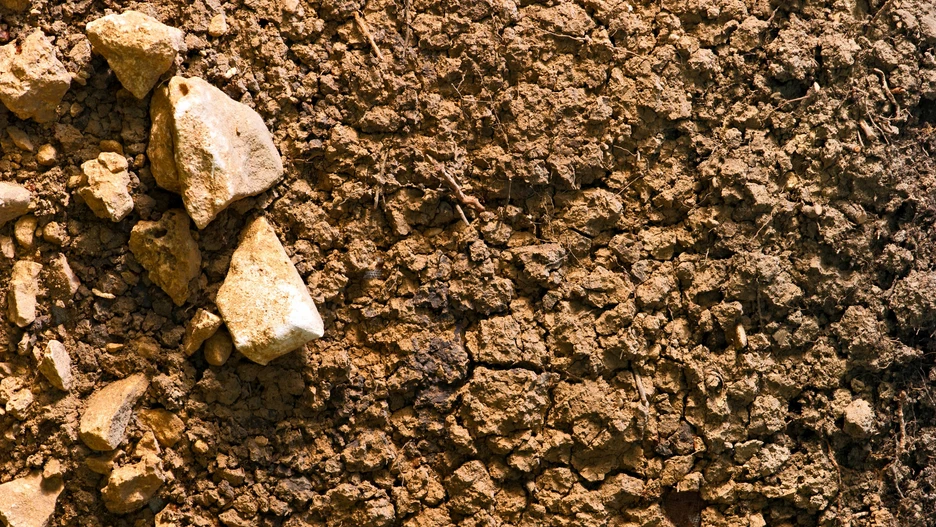How land use exacerbates extreme weather – and what we can do about it
Agroforestry & Biodiversity, Climate Change | created by Linda Schinnenburg
Professor Auerswald, you and your colleagues say that it is not only CO₂, but also land use that exacerbates extreme weather events such as droughts and floods. What exactly is your thesis?
Almost every extreme weather event is attributed to climate change and CO₂. But this explanation falls short. The rise in CO₂ leads to higher temperatures and more intense rainfall, which in turn increases global evaporation—that is undisputed. But global evaporation has only increased by about five percent. The increase in droughts and floods, however, is much greater. So we have to ask: What are the other causes? Our answer: land use.
How exactly does land use affect floods and droughts?
In recent decades, humans have significantly altered our environment. There are four factors that are particularly important in relation to floods and droughts: sealing, soil compaction, drainage, and the removal of hedges.
Water cannot seep into sealed surfaces and heavily compacted soils, but instead flows at high speed. The water then collects in the drainage systems we humans have built, such as canals and drains. We have set these up to quickly transport water away from one place, e.g., from those very sealed surfaces, such as roads.
The only problem is that when the water flows away from here, it flows to another place – and even faster on the surfaces we have sealed. The water then flows along the drains to lower areas. Since towns and communities are often located in valleys, the water ends up here. The result is that during heavy rainfall, masses of water from entire landscapes are flushed into a town at very high speeds – causing flooding. People can hardly react, and disasters such as the one in the Ahr Valley in 2021 can occur.
That explains the floods – but what about the droughts?
The explanation is the same: the soil is crucial. Normally, the soil fulfills a certain storage function: when it rains, the soil absorbs water, which plants can then use during periods of low rainfall. But our changes to the soil have rendered it dysfunctional.
Firstly, sealed or compacted soil can absorb less water. In addition, drainage systems quickly carry the water away. Thirdly, many fields today have no hedgerows, which are very important for water management: hedges reduce wind speed and thus evaporation.
As a result of these changes, less water reaches the soil and disappears even faster. When there is no rain for a longer period of time, droughts occur more quickly and more frequently.
So, the soils have lost some of their function due to human infrastructure interventions. What can we do to support them again?
First, we need to realize how much money we are already spending on damage control. The need for irrigation of agricultural fields would also become obsolete if we damaged our soils less. That is why it is right and timely that we address the causes and not just treat the symptoms.
In principle, the measures are obvious: unseal, compact the soil less, and erect windbreak structures. We could make a big difference in agriculture in particular: lower wheel loads, more soil cover—for example, through crop residues or catch crops. The soil “wants” to be covered—this way, less water evaporates and moisture is retained.
However, this is not always within the control of the farms.
Legal regulations would certainly also be necessary. I see particular potential here in limiting the permissible wheel load, because even a prudent farmer can only buy the machines that are available on the market. However, better soil cover could be implemented relatively quickly. Companies could use dead or living plant material for this purpose. Specifically, this means leaving the remains after harvesting or sowing catch crops—and, above all, leaving them in place! The reason for this is that covered soils absorb even heavy rainfall, retain moisture in the soil, and thus support its function as a water reservoir.
In the publication you mention agroforestry and agri-PV or solar fences. At HEF, we have test areas for both. Can you briefly explain the effect of these measures on the soil and water balance?
In addition to the ecological and economic advantages of the two dual land use concepts, the following is crucial for us in water management: they reduce the wind speed near the ground. This reduces evaporation and protects the soil.
There is a simple rule of thumb: a wind barrier such as a hedge or a solar fence slows down the wind over a distance twenty-five times its height; a four-meter-high barrier has an effect over a distance of around one hundred meters. Less wind means less water loss, higher humidity, and higher yields.
So we can see that there is a lot to do, but also a lot that we can do. The fact that reducing CO2 alone will not protect us from extreme weather is actually good news, because it means we have even more levers we can pull. We should recognize them and then use them.
Further information
- Prof. Karl Auerswald was an adjunct professor at the TUM School of Life Sciences at the Chair of grasslan management.
- Link to the article in ‚Hydrology and Earth System Sciences’: HESS - HESS Opinions: Floods and droughts – are land use, soil management, and landscape hydrology more significant drivers than increasing CO2?
